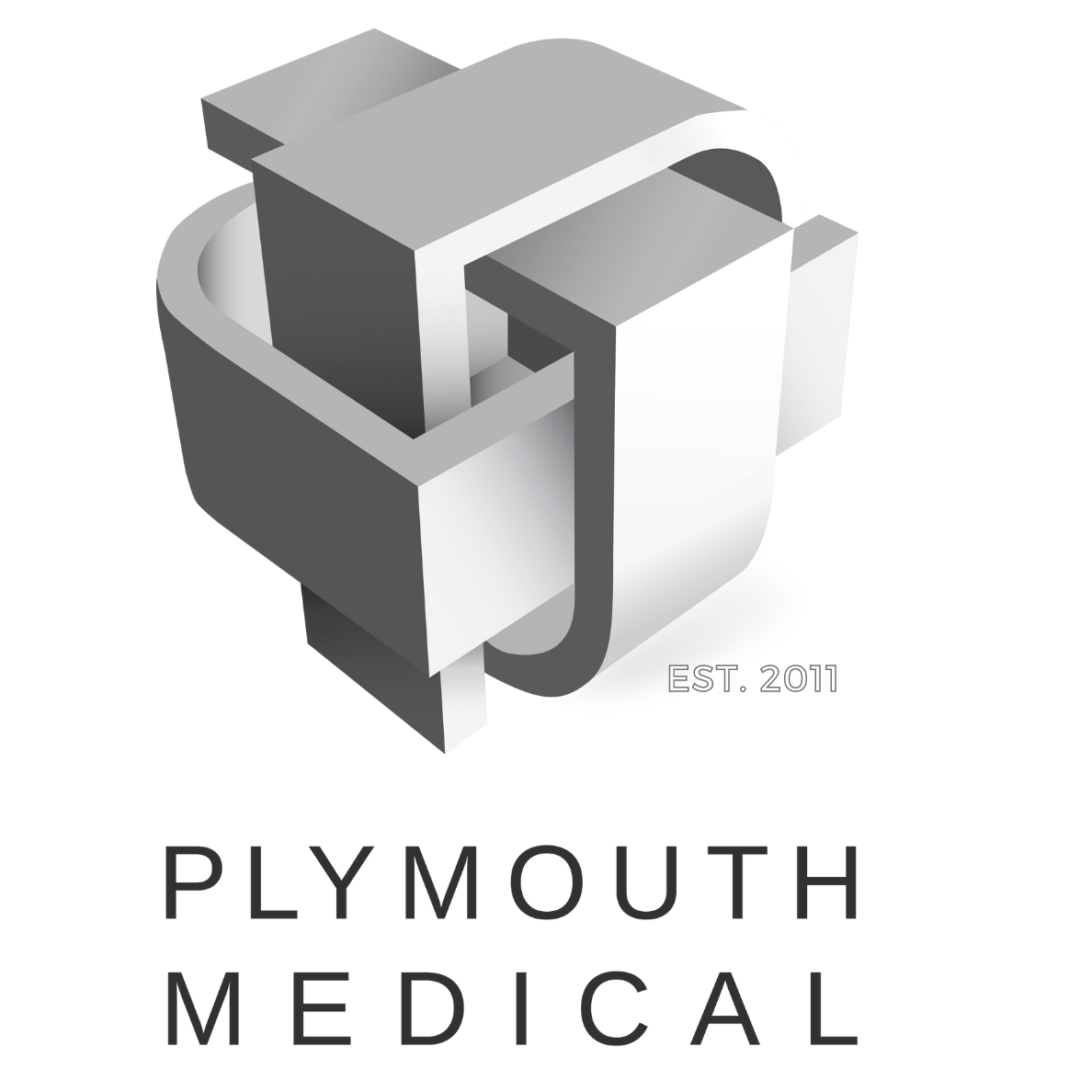Improving Scar Tissue using PRP
Platelet-Rich Plasma (PRP) is demonstrating success in healing and improving scar tissue, resulting from wounds or conditions [1]. Due to its ability to deliver a high concentration of growth factors to target tissues and potentially improve wound healing and scarring, PRP provides a clinical advantage, with clinical studies focused on atrophic acne scarring [1].
As with most clinical trials using PRP as a treatment arm, protocols and formulations are heterogenous. In lieu of standardized formulations or reporting, the following can be gleaned from available literature:
PRP has a definitive role in post-acne scar management, especially when used as an adjuvant to another modality, such as fractional ablative CO2 laser (FACL) [2] [3] or microneedling [4] [5] [6].
3-4 sessions of microneedling + PRP at 3-4 week intervals [4] [5] [6] was found to be effective in management acne scarring.
Any side effects (such as redness or swelling) typically resolve within 2-3 days [5]. In addition, patients treated with both PRP + microneedling experience significantly less erythema and edema than with microneedling alone [5].
When used as an adjuvant to other scar treatments, such as FACL, PRP helps to resolve post-laser edema, erythema, and hyperpigmentation [2].
One possible protocol includes activating PRP with 10% calcium chloride in a 1:9 ratio. This mixture was split into two aliquots:
One portion was injected intradermally, targeting acne scars.
The remaining portion + Platelet-Poor Plasma (PPP) (also mixed with 10% calcium chloride in a 1:9 ratio) was allowed to form a gel and applied to the face post-microneedling [4].
Acne scar of a 25-years-old male with pretreatment and post-treatment right and left half of face showing significant improvement (margin of each scar can still be appreciated in left half). Comparison photo taken after three sessions of PRP + microneedling, provided at one month intervals.
Citations:
[2] Arsiwala, Nazneed Z, et al. “A Comparative Study to Assess the Efficacy of Fractional Carbon Dioxide Laser and Combination of Fractional Carbon Dioxide Laser with Topical Autologous Platelet-Rich Plasma in Post-Acne Atrophic Scars.” J Cutan Aesthet Surg, vol. 13, 2020, pp. 11–17., https://doi.org/10.4103/JCAS.JCAS_142_19.
04/15/22









